Nagaland, a land of diverse tribes and rich traditions, comes alive during its numerous harvest festivals. Harvest festival of Nagaland is a testament to the state’s deep-rooted agricultural heritage and the spiritual connection of its people to the land. From the grand Hornbill Festival that brings together all Naga tribes to the intimate village-level celebrations, each festival offers a unique window into the cultural tapestry of this northeastern state. Visitors are treated to a mesmerising display of traditional music, dance, rituals, and culinary delights that define the essence of Naga identity.
Location
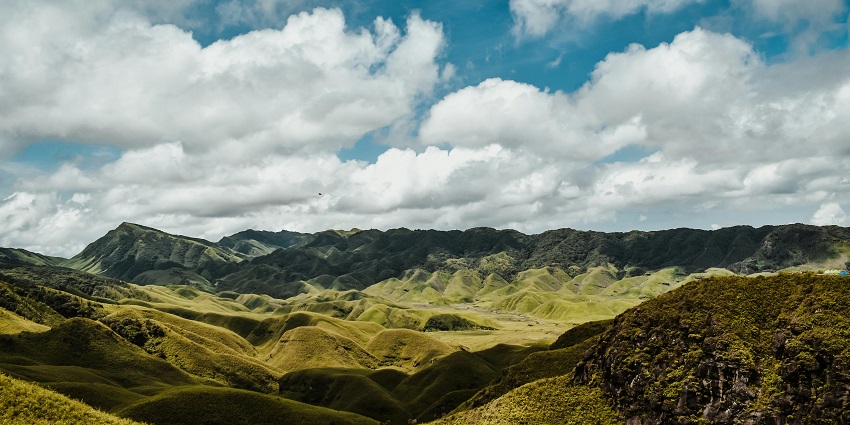
Photo: Kangkar Hazowary / Pexels / Image For Representation Only
The harvest festivals are celebrated across the state’s diverse terrain, from the lush valleys to the mist-covered hills. While each district has its unique celebrations, the state capital, Kohima, and the commercial hub, Dimapur, often host large-scale festivities that showcase the collective cultural diversity of Nagaland. The Naga Heritage Village at Kisama, near Kohima, serves as the primary venue for the Hornbill Festival, the state’s most famous harvest celebration.
Suggested Read: Hill Stations In Nagaland
How To Reach Nagaland
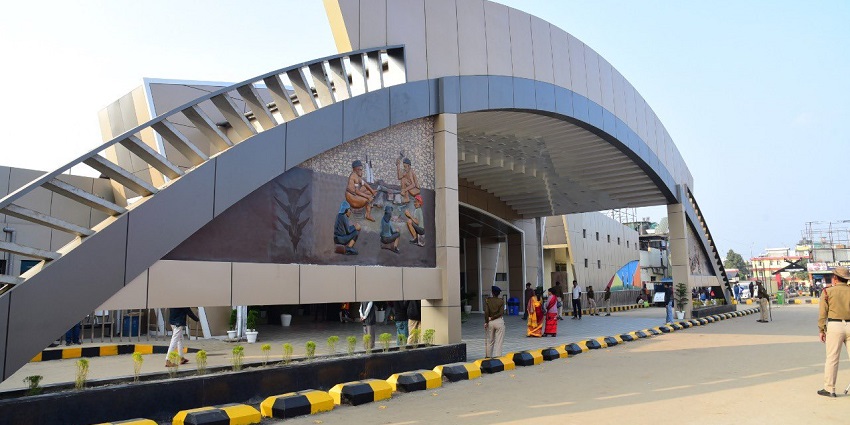
Photo: I Love Assam / WIkimedia Commons
Reaching Nagaland for the harvest festivals can be an adventure in itself. Here are the primary modes of transportation to consider:
By Air: The most convenient way to reach Nagaland is by flying to Dimapur Airport, which has connections to major cities like Kolkata, Guwahati, and Delhi. From Dimapur, you can take a taxi or bus to other parts of the state.
By Rail: The Dimapur Railway Station is well-connected to major cities in Northeast India and beyond. Regular train services operate from Guwahati, Kolkata, and New Delhi to Dimapur.
By Road: Nagaland is accessible by road from neighbouring states. Buses and shared taxis operate from Guwahati and other nearby cities, offering scenic journeys through the Northeast.
Top 8 Harvest Festivals and Places Celebrating Them
1. Hornbill Festival – Kisama
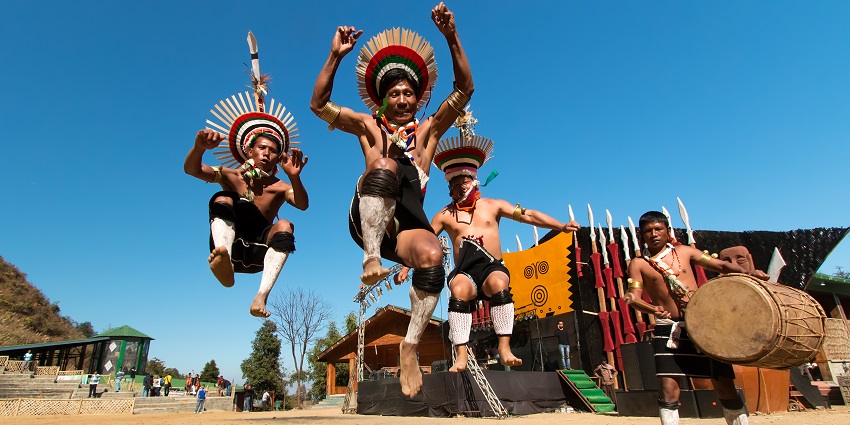
Photo: Vikramjit Kakati / Wikimedia Commons
Kisama Heritage Village, located about 12 km from Kohima, is the epicentre of the grand Hornbill Festival. Often called the “Festival of Festivals,” this 10-day extravaganza held in December brings together all 16 major Naga tribes. It’s a spectacular showcase of Naga culture, featuring traditional dances, music, sports, food, and crafts. Visitors can explore the morungs (youth dormitories) of different tribes, each showcasing their unique architectural styles and cultural artefacts. The festival grounds come alive with colourful performances, including the famous war dance and bamboo pole climbing.
Celebrated In: December
Suggested Read: The Tunes Of Hornbill Music Festival
2. Sekrenyi Festival – Kohima
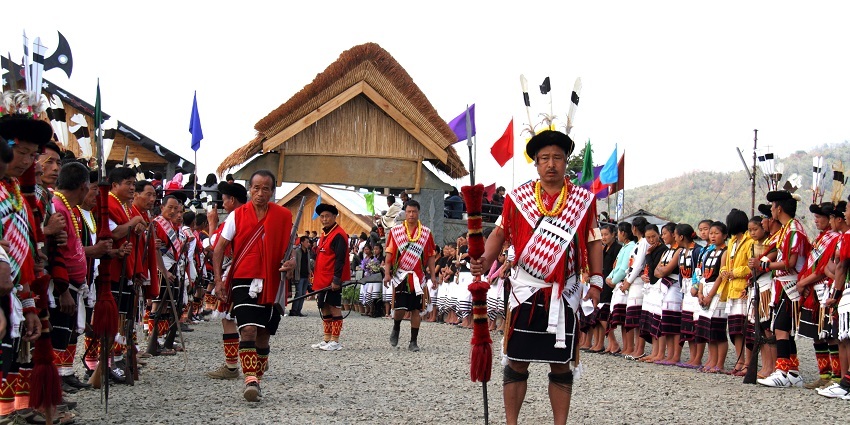
Photo: Yves Picq / Wikimedia Commons / Image For Representation Only
Kohima, the capital city of Nagaland, is the main venue for the Sekrenyi Festival, also known as Phousanyi. This 10-day purification festival is celebrated by the Angami Naga tribe, typically in February. The festival marks the end of the harvest season and the beginning of the new year in the Angami calendar. During Sekrenyi, Kohima comes alive with traditional rituals, feasts, and games. Visitors can witness the symbolic washing away of past sins, followed by community feasts and traditional sports like wrestling and stone-throwing. The festival culminates in the “Dzükou” ceremony, where young men and women dress in their finest attire and participate in folk dances and songs.
Celebrated In: February
3. Moatsu Festival – Mokokchung
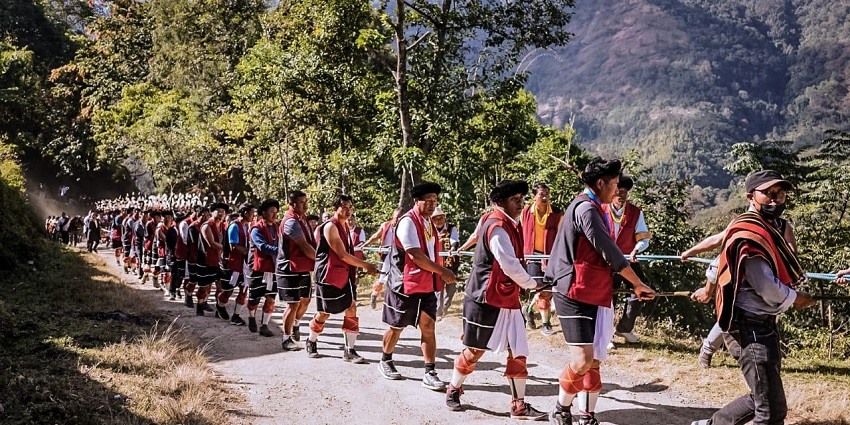
Photo: MonyaRiba / Wikimedia Commons
Mokokchung, the cultural centre of the Ao Naga tribe, hosts the vibrant Moatsu Festival. Celebrated in the first week of May after the sowing is completed, Moatsu is a time of thanksgiving and invocation for a good harvest. The festival features elaborate rituals, community feasts, and traditional games. Visitors can witness the “Sangpangtu” ceremony, where a large fire is lit, and people gather around it to sing and dance.
Celebrated In: May
Suggested Read: Popular Things To Do In Kohima
4. Tokhu Emong – Tuensang
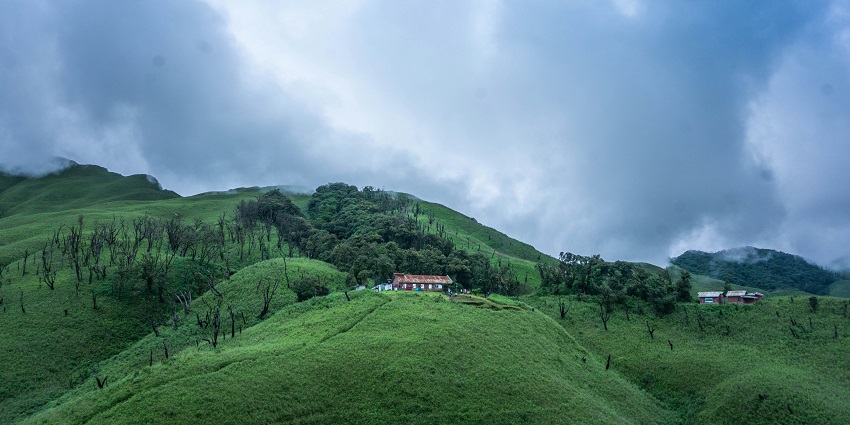
Photo: Nilotpal Kalita / Unsplash / Image For Representation Only
Tuensang, home to the Lotha Naga tribe, celebrates the post-harvest festival of Tokhu Emong. This festival, usually held in November, is a time of thanksgiving and community bonding. It marks the end of the agricultural year and the beginning of a new cycle. During Tokhu Emong, Tuensang comes alive with cultural performances, feasts, and games. Visitors can enjoy traditional Lotha dances, folk music, and wrestling matches.
Celebrated In: November
5. Yemshe Festival – Wokha
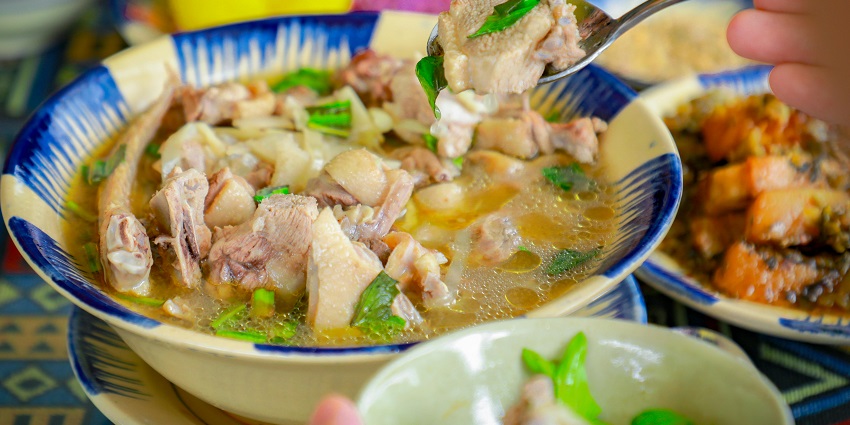
Photo: Thu Huynh / Pexels / Image For Representation Only
Wokha, the land of the Lotha Nagas, hosts the colourful Yemshe Festival. This harvest festival, celebrated in October, is a time of thanksgiving for the year’s harvest and a prayer for future prosperity. The festival showcases the rich cultural heritage of the Lotha tribe through various rituals and ceremonies. During Yemshe, visitors can witness traditional dances, folk songs, and games unique to the Lotha culture. The festival grounds feature displays of traditional crafts, agricultural products, and Lotha cuisine.
Celebrated In: October
Suggested Read: Dimapur Music Festival
6. Bushu Festival – Dimapur
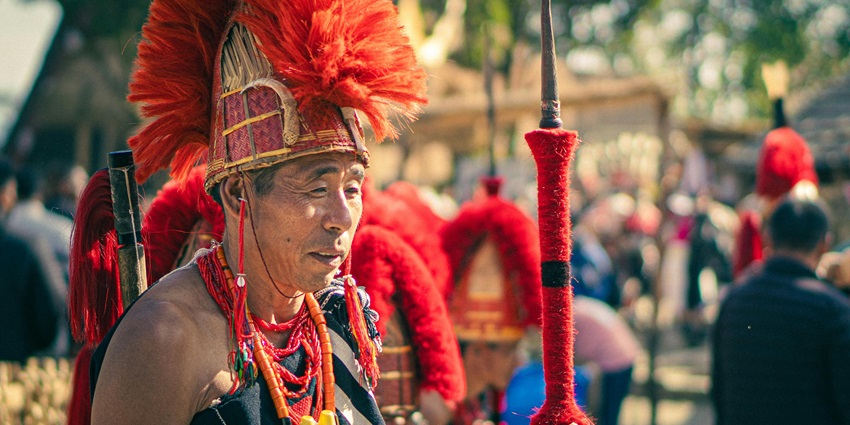
Photo: Nishant Das / Pexels / Image For Representation Only
Bushu Festival is a lively Nagaland harvest festival of the Kachari (Dimasa) tribe, usually held in January after the completion of the jhum harvest. It is marked by community dances, folk songs, and generous sharing of food and rice beer. Villagers invite friends and relatives, creating a warm atmosphere of unity. If you’re looking for cultural things to do in Nagaland, visiting Dimapur during Bushu offers a glimpse into the traditions of this tribe, making it one of the memorable places to visit in Nagaland.
Celebrated In: January
7. Tuluni Festival – Zunheboto
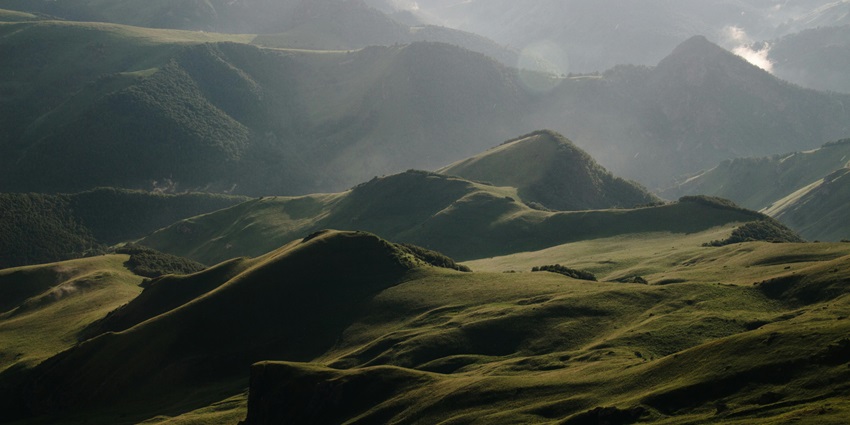
Photo: Yaroslav Chaadaev / Pexels / Image For Representation Only
Tuluni is the grand mid-year festival of the Sumi (Sema) tribe, held every July to celebrate abundance after planting season. Known for feasts with meat and rice beer served in bamboo goblets, Tuluni reflects gratitude and strong family ties. Guests are warmly welcomed, making it one of the most hospitable celebrations. For travellers exploring places to visit in Nagaland, Zunheboto is the cultural hub. Experiencing Tuluni tops the list of authentic things to do in Nagaland, as it showcases deep tribal heritage through songs and dances.
Celebrated In: July
Suggested Read: Valleys In Nagaland
8. Ngada Festival – Tseminyu
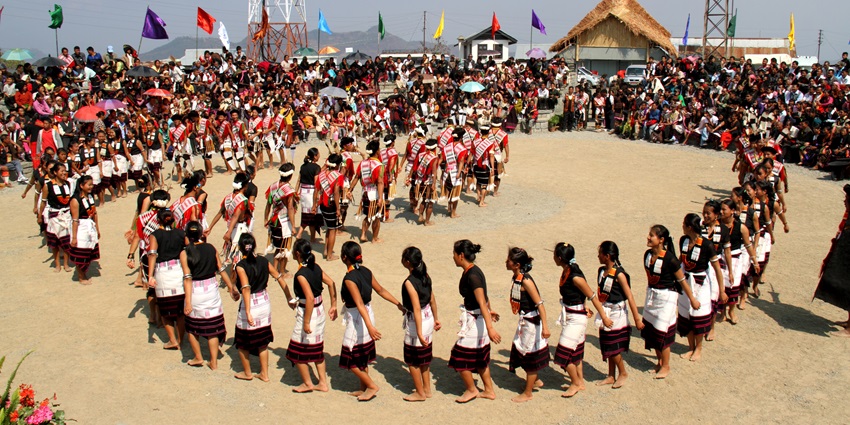
Photo: Yves Picq / Wikimedia Commons / Image For Representation Only
The Ngada Festival is celebrated by the Rengma tribe, mainly in November, to mark the end of harvest and honour ancestors. This week-long festival combines rituals, dance, and storytelling, where families reunite and exchange gifts. One unique feature is the practice of cleaning and repairing homes, symbolising renewal. As a vibrant Nagaland harvest festival, Ngada offers visitors in Tseminyu a chance to witness ancestral worship and traditional games. Experiencing Ngada stands out among cultural things to do in Nagaland, making it a highlight among places to visit in Nagaland.
Celebrated In: November
Where To Stay

Photo: Pixabay / Pexels / Image For Representation Only
Accommodation options in Nagaland range from basic to comfortable, catering to various budgets. In Kohima, hotels like Hotel Japfü and De Oriental Grand offer good amenities for those seeking comfort. For a more authentic experience, many villages offer homestays, allowing visitors to immerse themselves in local culture.
Suggested Read: Scenic Places To Visit Near Kohima That Showcase Nature And Local Culture
Where To Eat
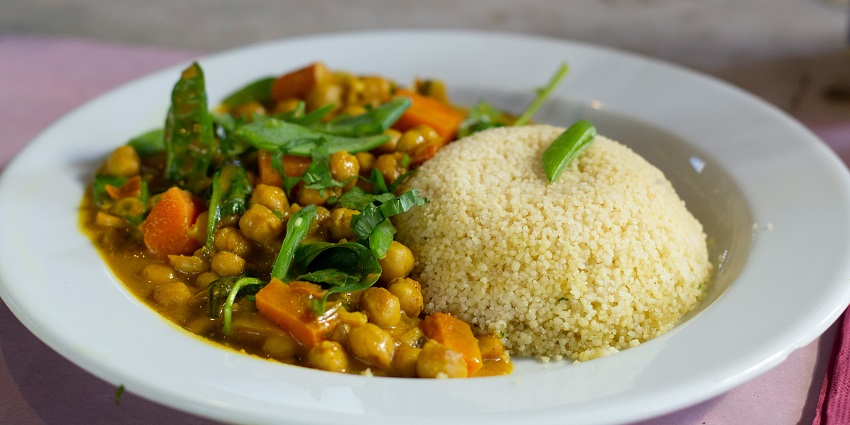
Photo: Daniela / Unsplash / Image For Representation Only
The harvest festivals of Nagaland offer a unique opportunity to explore the state’s rich culinary traditions. Each tribe has its own specialties, making festival times a gastronomic adventure. In Kohima, restaurants like Orami and The Ethnic Table serve authentic Naga dishes. During festivals, community feasts are common, offering visitors a chance to taste traditional dishes like smoked pork, axone (fermented soybean), and various bamboo shoot preparations.
Best Time To Visit
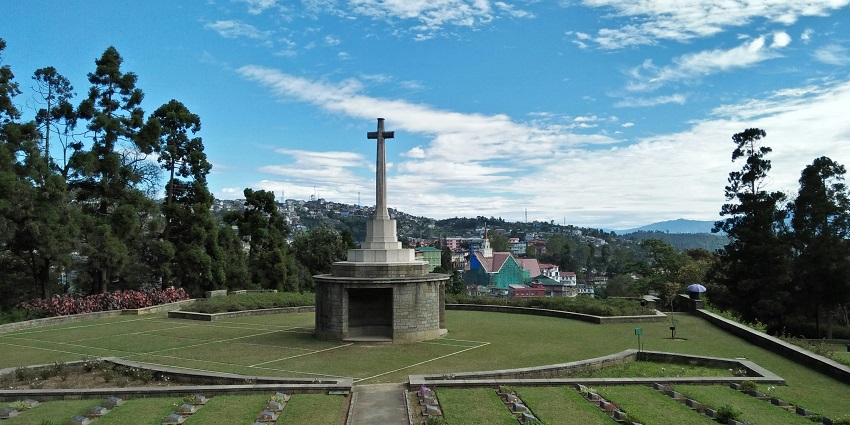
Photo: Vipin Joseph / Unsplash
The best time to visit Nagaland for harvest festivals is from October to March. This period encompasses most major harvest celebrations and offers pleasant weather conditions. The temperature during these months ranges from 16°C to 31°C, making it comfortable for outdoor activities.
Suggested Read: Waterfalls In Nagaland
Other Factors To Consider
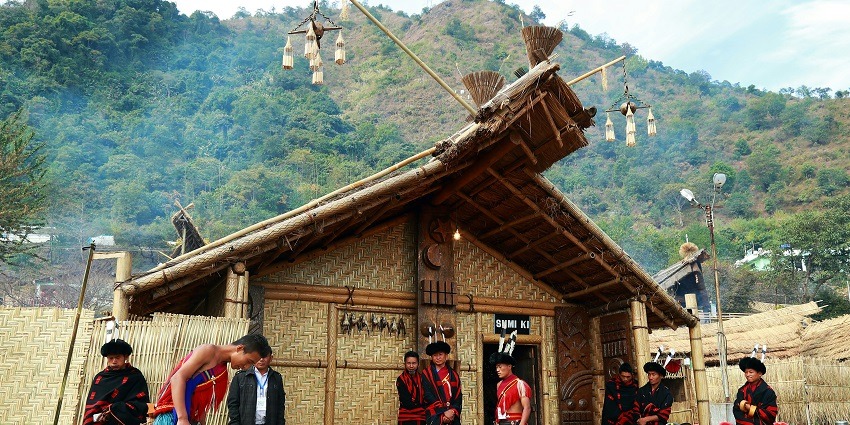
Photo: MOHAMED ABDUL RASHEED / Unspalsh / Image For Representation Only
Average Cost Of The Trip
To explore the harvest festival of Nagaland budget travellers can manage with about ₹1,500-2,000 per day, including basic accommodation, food, and local transport. Mid-range travellers might spend ₹3,000-4,000 daily, while those seeking more comfort could spend ₹5,000 or more. Festival times, especially during the Hornbill Festival, might see a significant increase in prices.
Tips For Travellers
- Obtain an Inner Line Permit (ILP) before entering Nagaland. This applies to both Indian citizens and foreign nationals.
- Carry sufficient cash, as ATMs are limited in rural areas. Credit card acceptance is not widespread outside major towns.
- Be prepared for basic amenities in remote locations. While Kohima and Dimapur offer modern facilities, smaller towns and villages might have limited infrastructure.
- Carry appropriate clothing for varying weather conditions. Evenings can be cool, even in summer.
- Try local cuisines, but be cautious with unfamiliar foods to avoid health issues.
The harvest festival of Nagaland, from the grand Hornbill Festival to the intimate tribal observances, provide a vivid glimpse into the state’s rich cultural heritage. Each festival highlights the deep bond between the Naga people, their land, and enduring traditions. To fully experience the vibrant Naga culture, plan your visit with TripXL during these festive times and immerse yourself in Nagaland’s colourful harvest celebrations.
Cover Photo: Jackpluto / Wikimedia Commons


 WhatsApp
WhatsApp
 Twitter
Twitter









